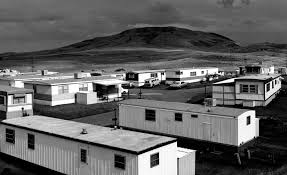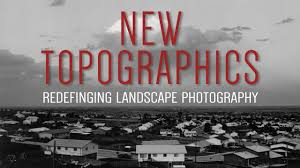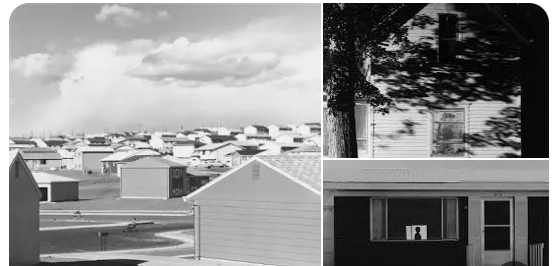What is Typologies?
A photographic typology is a study of “types”. That is, a photographic series that prioritizes “collecting” rather than stand-alone images. It’s a powerful method of photography that can be used to reshape the way we perceive the world around us, such as photographing buildings and certain types of windows as a collective and done in a group.
Typologies
A system used for putting things into groups according to how they are similar : the study of how things can be divided into different types. Eg photographing farm houses- multiple of them as a collective group, many of which Adams did use.
What was the new topographic a reaction to?
The stark, beautifully printed images of the mundane but oddly fascinating topography was both a reflection of the increasingly suburbanised world around them, and a reaction to the tyranny of idealised landscape photography that elevated the natural and the elemental.

What is the meaning of New Topographic?
New topographic was a term coined by William Jenkins in 1975 to describe a group of American photographers (such as Robert Adams and Lewis Baltz) whose pictures had a similar banal aesthetic, in that they were formal, mostly black and white prints of the urban landscape.
Robert Adams
Robert Adams is an American photographer who has focused on the changing landscape of the American West. His work first came to prominence in the mid-1970s through his book The New West and his participation in the exhibition New Topographic: Photographs of a Man-Altered Landscape in 1975.

He looked at aesthetically pleasing photos. He was an environmentalist and usually photographed landscapes and natural enjoinment – similar to Ansel Adams, however they have no relation to each other.
Robert Adams is an American photographer best known for his images of the American West. Offering solemn meditations on the landscapes of California, Colorado, and Oregon, Adams’s black-and-white photos document the changes wrought by humans upon nature.

